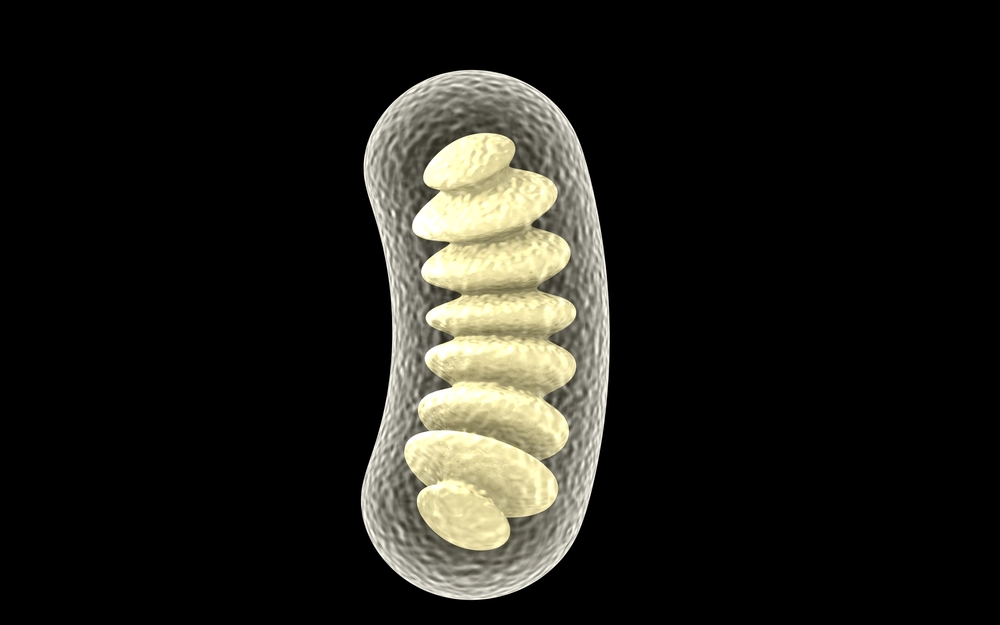CohBar Files 29 Patent Applications Related to Peptide Discoveries in Mitochondrial Genome

CohBar recently announced the discovery of a series of new biologically active peptides in the mitochondrial genome — mutations in which can cause mitochondrial disease — and the filing of 29 additional related provisional patent applications.
The new applications apply not only to the new peptides but also to analogs that are built upon those peptides. In total, the company has filed over 50 provisional patents related to its discoveries in mitochondrial peptides and novel analogs.
“Our ongoing exploration of the mitochondrial genome continues to identify new peptides with potential for metabolic regulation and protection,” Simon Allen, CohBar’s chief executive officer, said in a press release.
“We believe that the new biologically active peptides we’ve discovered to date help advance the development of drug candidates to address the metabolic dysfunction underlying age-related diseases,” Allen said. “Our related provisional patent filings support our strategy to establish and secure a leading intellectual property position in mitochondrial peptides, as we continue to evaluate these compounds and their analogs for possible addition to our clinical development pipeline.”
Within the cell, mitochondria have their own genome, like the nucleus, with more genes that previously thought that encode peptides and opening the genome as a potential source of drug discovery. Mitochondria produce energy and regulate cell death, according to the signals they receive from the cell.
Preclinical models of age-related diseases have demonstrated that a series of these mitochondrial-derived peptides (MDPs) have disease-modifying potential, including for metabolic regulation, neuro-protection, cyto-protection, and anti-inflammatory activity.
The company is now focused on developing MDPs that could potentially treat a broad range of diseases, and its two lead drug candidates, CB42009 and CB4211, have shown the potential in preclinical studies to treat obesity. Additional early studies are now underway into their potential to treat nonalcoholic steatohepatitis, a form of fatty liver disease, and, in combination with other drugs, type 2 diabetes.






